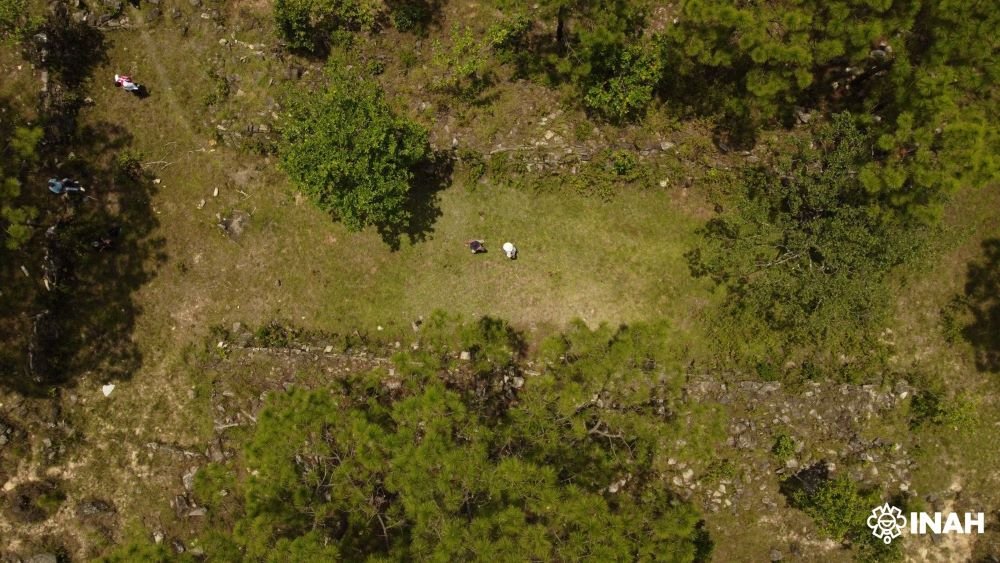
Archaeologists from Mexico’s National Institute of Anthropology and History (INAH) unearthed an exceptionally well-preserved ancient city on the Pacific coast that could reshape understanding of a little-known local culture from the Epiclassic period.
The site, recorded by the INAH as Paso Temprano and known to local residents as Corral de Piedra or Ciudad Antigua, occupies more than 1.2 kilometers of crests and hills in the El Carmen community of the Xochistlahuaca municipality in Guerrero’s Costa Chica.
INAH researchers say the settlement dates to the Epiclásico period, roughly A.D. 650 to 950, and appears to have been a stratified society with palace-like areas, residential sectors, and fortified defenses.
The unearthed city in Mexico could define the local culture of the Epiclassic period
“Paso Temprano could in the coming years define a local archaeological culture that flourished between the Epiclassic and the early Postclassic in this part of present-day Guerrero,” said archaeologist Miguel Pérez Negrete, who led the on-site inspection along with colleague Cuauhtémoc Reyes Álvarez.
Pérez Negrete described a sequence of sectors that climb steep, defensible ridgelines. Lower slopes contain isolated architectural units and two residential zones, the team calls Pueblo Viejo, with basements that retain traces of rooms, vestibules, and corridors. Above them is an extensive defensive sector bounded by a wall, followed by narrow passages and control points leading to a ceremonial core.

That ceremonial sector includes an I-shaped ballcourt measuring 161 feet long by 26 feet wide (49 meters long by 8 meters wide), with natural promontories at each end that were partially faced with stone walls, the archaeologists said. East of the court are the remains of walls, a large room about 15 by 36 feet (4.5 by 11 meters), a smooth stela that may have served as an altar, and other secondary structures.
The site’s masonry displays a technique researchers have dubbed “paramento mixteco,” characterized by upright blocks interspersed with small slabs, a system similar to construction observed at the Tehuacalco archaeological zone, INAH said.
More research is needed to determine which civilization built the city
Although the region was later occupied by Amuzgo and Mixtec peoples, the INAH team cautioned that more research is needed to determine exactly who built Paso Temprano and against whom its inhabitants fortified the settlement. Local Nahua residents had long known of the ruins, Pérez Negrete said, but the formal registration is part of a broader effort to document the municipality’s archaeological heritage.
The inspection also advances a municipal request to register the area’s archaeological patrimony under the “Culture and Identity” working group of the Plan for Justice and Development of the Amuzga Nation. INAH said the work was carried out with accompaniment from community leaders, including El Carmen municipal commissioner Noé Salazar Maceda, his alternate Roberto Guerrero González, Cecilio Antonio Nieves of the Xochistlahuaca community museum, and local teacher Domingo Torres Aparicio.

Pérez Negrete stressed the site’s exceptional state of preservation. “It is as if centuries had not passed or as if it had already been explored,” he said. “You can see what the houses were like, the corridors, and the layout of spaces.” He added that establishing strategies to conserve Paso Temprano will be a central challenge going forward.
The INAH bulletin said the discovery helps fill a long-standing gap in the archaeological record for the Costa Chica, a region that has received intermittent research attention since the 1960s but lacks an extensive inventory of prehispanic sites.


